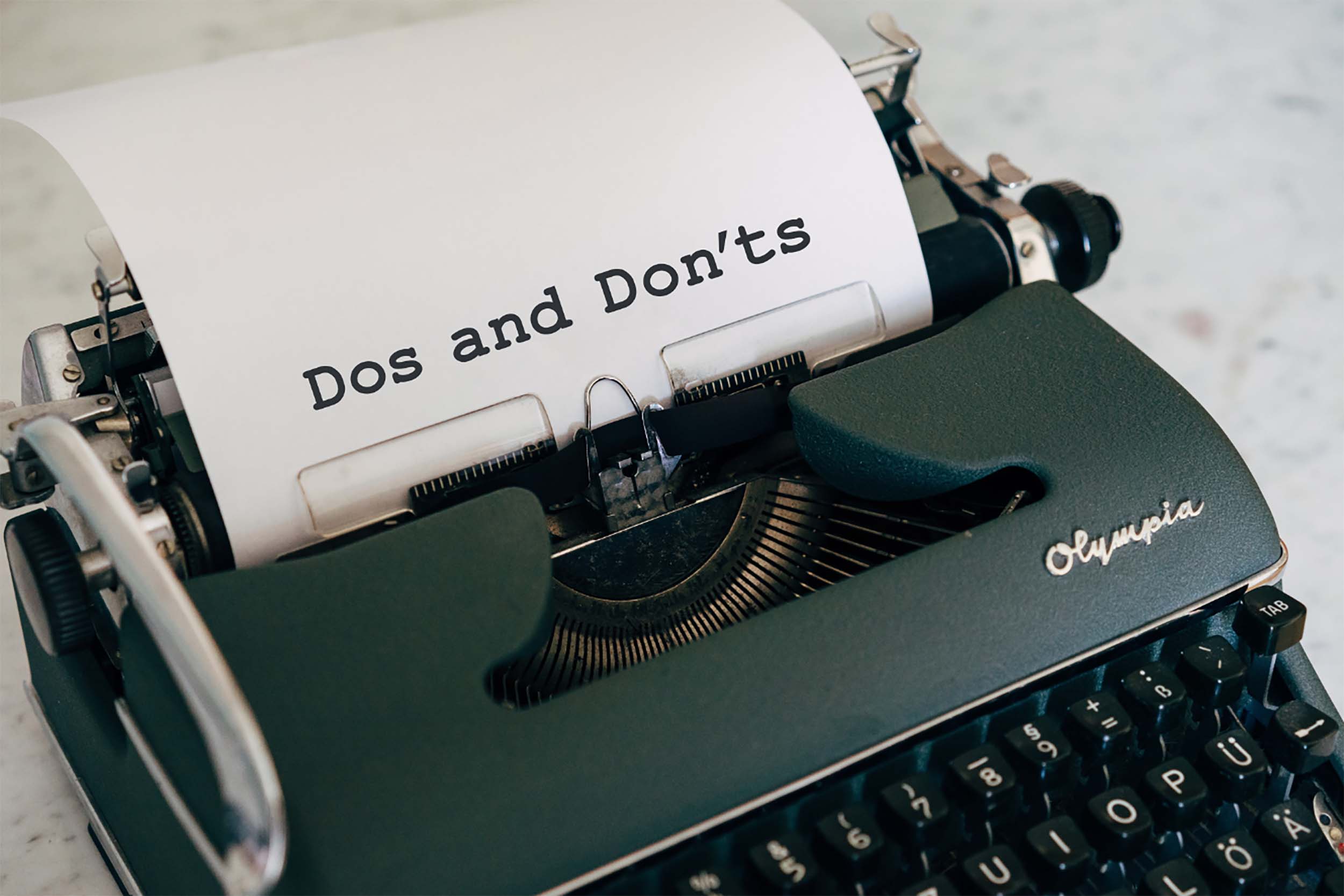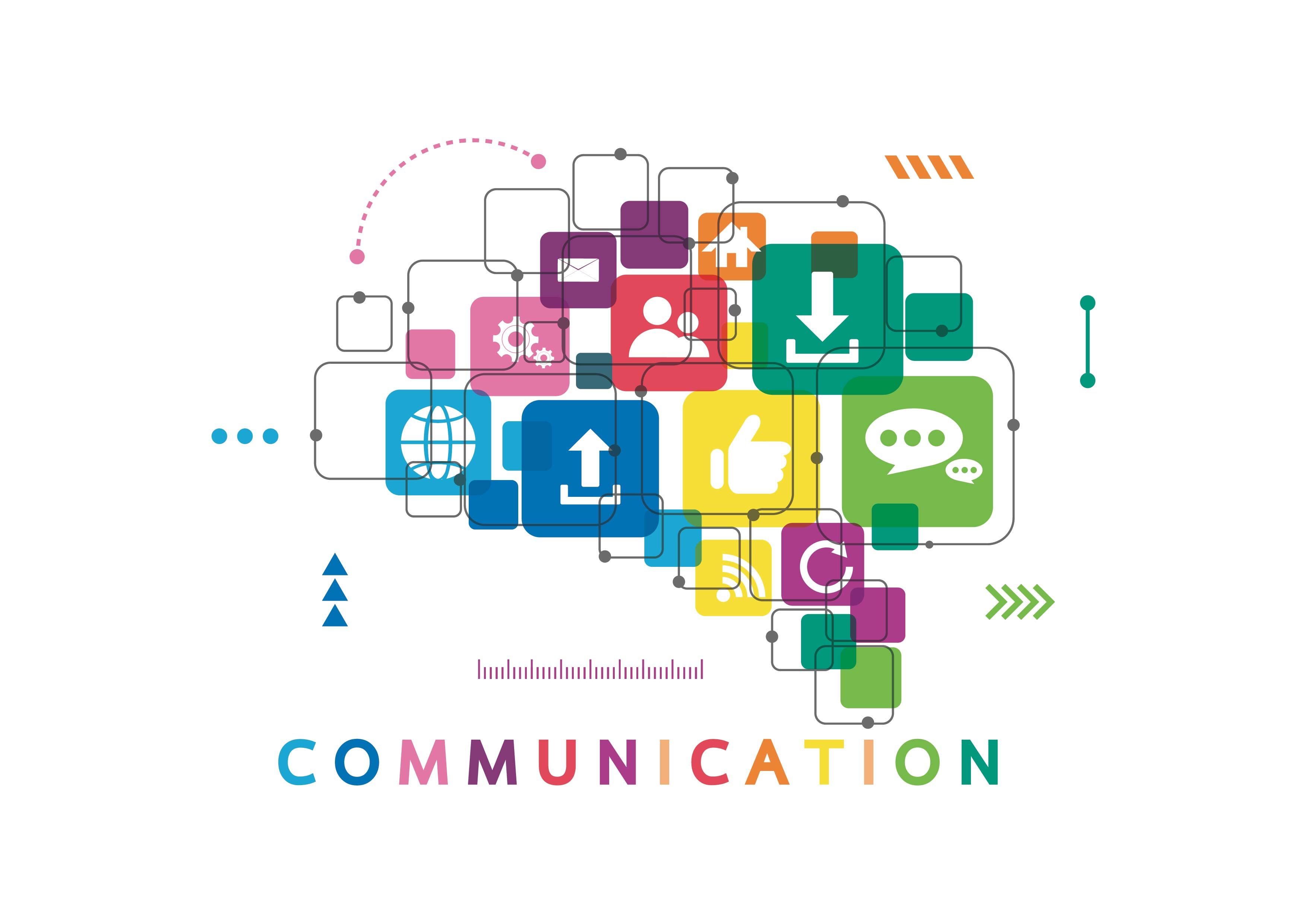Write Better Press Releases

Whether announcing a new hire, unveiling a product innovation or responding to a crisis, press releases are the standard vehicle for your company to share information with the news media, and ultimately, the public. Often, press releases are rushed jobs, written as news breaks and—because they are messages for the masses—require approval from various people. As a PR manager with editorial experience, I’ve seen a lot of press releases cross my desk. I’ve also seen the same mistakes repeatedly. Here are my top dos and don’ts to keep in mind when drafting and distributing a press release.
DO follow AP Style. When communicating with the media, it’s important to speak their language. AP Style is the universal style for the news media. When your news is already written in their style, it’s that much easier for them to use.
DO use the inverted pyramid. Lead with the most important, newsworthy information and work your way down to the lesser details. It’s not traditional storytelling, but it works for grabbing someone’s attention.
DO lead with the audience’s interests. “Newsworthy” means it’s timely and relevant to your audience. State how the news will impact your audience, not your business.
DO include contact information. If a reporter has a question or needs more information, they don’t have time fish around for your phone number. Position one person’s contact information clearly at the top of the release with both phone and email.
DO include support media. Photos, videos or logos that visually support your story are helpful to send up front. Sometimes an extremely compelling visual can be the source of interest for many news outlets.
Don’t use biased language or clichés. Ditch words such as “we’re proud, excited or pleased to announce.” It may be comfortable to write that way, but it shows clear bias and is overused. If you must include a biased statement, weave it into a quote from a relevant person in your organization.
Don’t complicate the format. When it comes to releases, the rule of thumb is simple is better. Don’t let a fancy layout, line spacing or special file type hinder a journalist from reading or accessing the file. Stick to a simple Word or pdf format.
Don’t use sales language. If you feel the need to promote your business or products, you may want to ask yourself if the topic is actually newsworthy. A paid advertisement may be a better vehicle for your message.
Don’t use slang, acronyms or industry jargon. Sometimes what’s standing between you and a great feature story is complicated language that journalists don’t have the time to research and decode. Do this step for them. When you’re writing a story meant for the general public, remember to explain your products, industry and services in ways everyone can understand.
Don’t forget the basics. Make sure to start with a dateline, include a boilerplate explaining the background of your organization, and try to keep length to one page.
Our new technology-driven media landscape may be ever-evolving, but these basic fundamentals will never phase out. Use these dos and don’ts as a checklist for your future releases to ensure you’re following the basics. And if you need further assistance, contact the PR pros at Insight Creative for full-service communication solutions.




